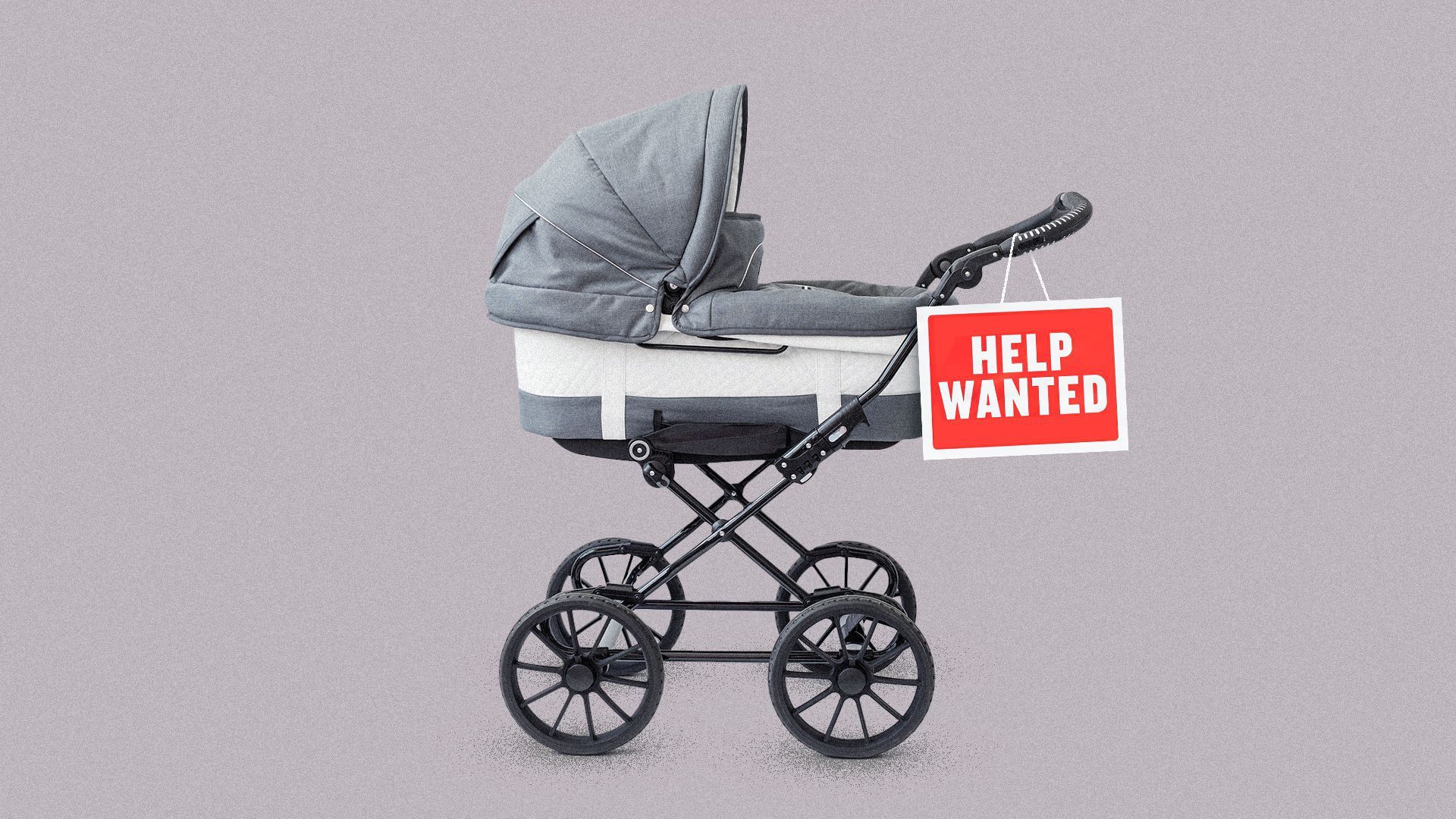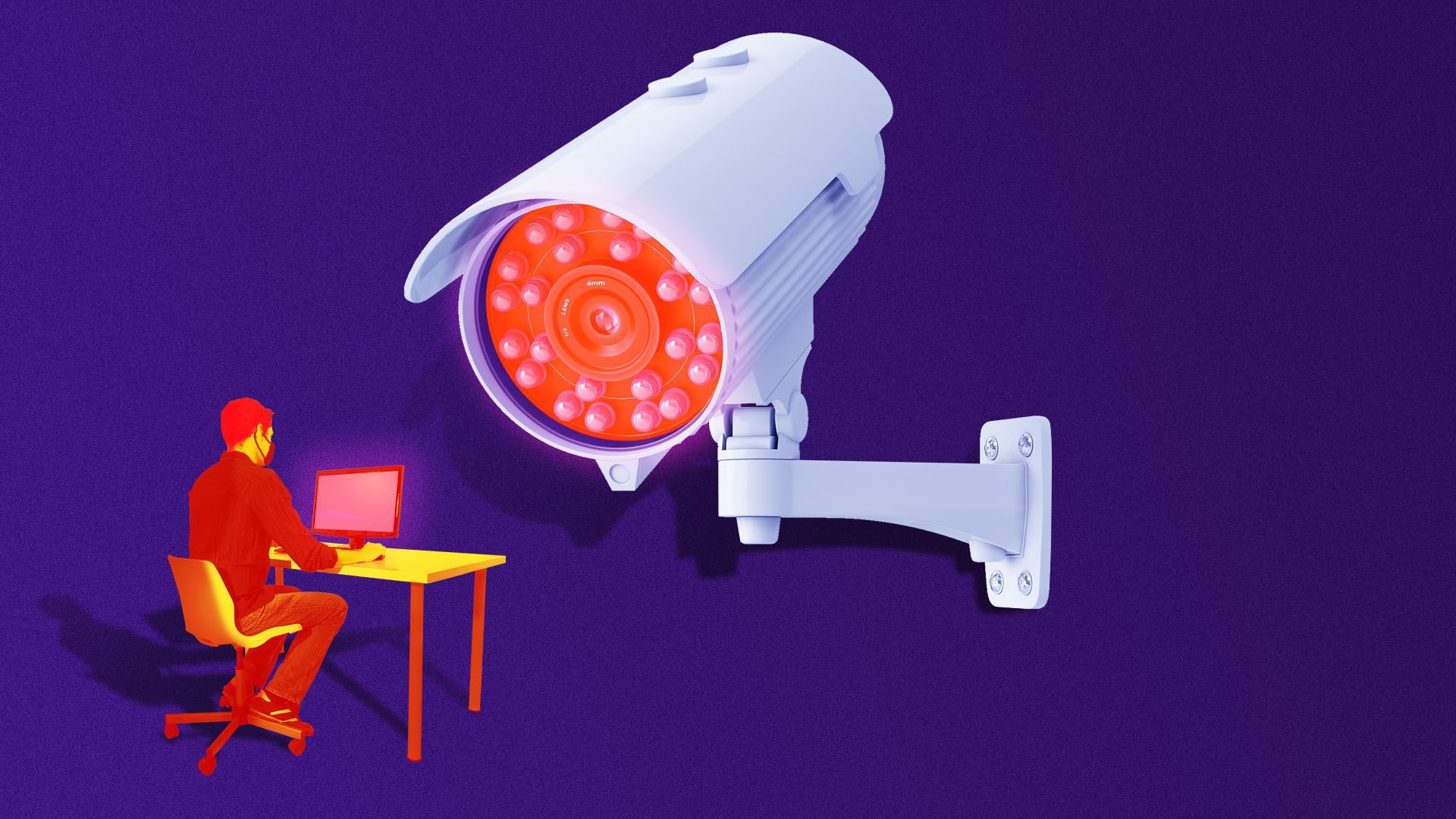| The pandemic shook most industries — and child care is no exception, Emily writes. The big picture: In-home care is ascendant, while fewer child care centers are operating now than in 2019. Better-paying nanny jobs are luring workers away from child care centers and even preschools. Why it matters: The shift in the market away from traditional centers might work well for individual families, especially the more affluent ones. But it could be exacerbating an overall shortage of more affordable center-based care. - That shortage serves to keep some parents, especially mothers, out of the workforce at a time when the U.S. is facing a labor shortage more broadly.
What they're saying: "There's been a real fundamental shift to more in-home care," says Natalie Mayslich, president, consumer, at Care.com, which manages a network of providers. - The change is good for workers in an industry where wages are historically very low, she adds.
Zoom out: Many licensed child care businesses shut down during the pandemic, pushing families to find other arrangements. The number of licensed child care locations is still lower now than it was in 2019, according to data from ChildCare Aware. (It's more difficult to track unlicensed, informal arrangements.) - Other families left centers over COVID fears, with some forming nanny shares — where multiple families pool money to pay for one sitter who can make a real living wage. That's a trend that's stuck around.
Case study: Last year, Michael Grady and his wife pulled their daughter, who is now 20 months old, out of a child care center and joined a nanny share with one other family. The Philadelphia couple was anxious about their unvaccinated daughter being exposed to COVID. - Day care was $1,200 a month. They now pay $2,000.
- "It's definitely a luxury," Grady tells Axios. They plan on sticking with the arrangement until it's time for public pre-K.
By the numbers: Demand for in-home care drove up pay. The average weekly cost of a nanny on Care.com last year was $694, up 22% from 2019, according to data from the company. Meanwhile, the cost of care in a center rose just 5% to $226, according to Care.com. - When it comes to worker wages, the national average in 2021 for nannies on Care.com was $17.34 per hour. Day care workers averaged $12.40 an hour, according to the Bureau of Labor Statistics.
Worth noting: For in-home workers, there's still a trade-off. - In-home care isn't well regulated, and nannies leave behind the safety and security of a job with benefits and structure to work in a home, often for people who have never before employed an individual, says Emily Dills, who owns a nanny network in Seattle.
| 







No comments:
Post a Comment